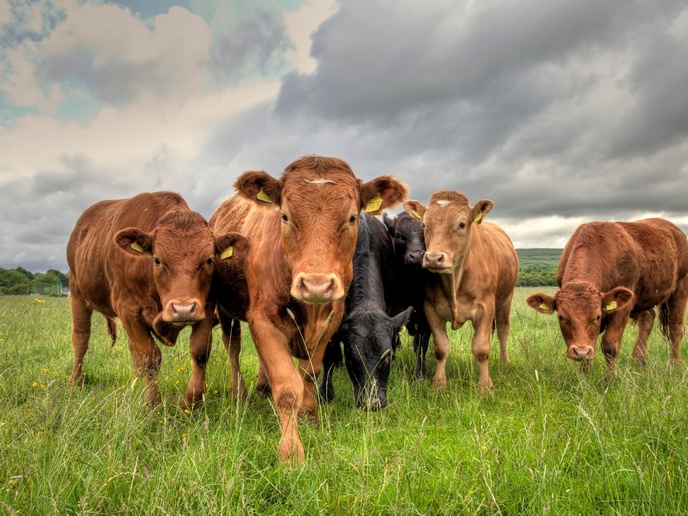Innovative approaches to ensuring healthy livestock
The spread of contagious diseases is a constant threat to Europe’s livestock sector. The EU-funded DEFEND(opens in new window) project sought to tackle two viruses that have emerged in a number of Member States – African swine fever (ASF) and lumpy skin disease (LSD). “LSD affects cattle, while ASF affects pigs,” explains project coordinator Pip Beard, a professor at Keele University(opens in new window) in the United Kingdom. “Both have high impacts on animals. You certainly don’t want them on your farm or in your country.” The 5-year project, which was coordinated by the Pirbright Institute(opens in new window) in the United Kingdom, brought together academia, industry and government bodies. It notably included partners from the Balkans, a high-risk area for LSD, and a key route of transmission into the rest of Europe.
Analysing drivers of disease
One major focus was identifying drivers of disease. A risk framework(opens in new window) was devised, enabling users to pick from different tools and then look at a map and identify the areas most likely to see virus spread. “We also worked on developing better methods for sequencing and analysing these viruses,” says Beard. “We were able to source viruses from places that we had previously not been able to before.” The project also looked at civil unrest as a potential driver of outbreaks. Project partners looked for evidence of viral spread in areas affected by mass migration and civil war. “A key finding was that mixed human migration along routes in the West Balkan area was not a key driver for introducing animal disease,” notes Beard. “We did find, however, that conflict and civil war leads to a breakdown in institutions such as veterinary public services, as well as disruption of formal trade patterns and the increase of informal cross-border commercial networks.”
Discovering how disease is transmitted
A second key element was analysing how LSD is transmitted. “There are basic holes in our knowledge,” adds Beard. “If we don’t know how it is transmitted then we are not going to be able to control and prevent the spread of disease.” The project team looked at potential vectors for LSD such as flies, venereal transmission through semen, and direct transmission from animal to animal. They found that vector-borne infection from flies was the most effective means of disease transmission for LSD. With the disease currently spreading across Asia, such findings could play a key role in developing effective prevention strategies.
Tools for managing disease spread
Finally, the project looked at possible approaches to effectively preventing and tackling disease outbreaks of both viruses. Progress was made in developing new vaccines, while possible new diagnostic methods were examined. A follow-up project on developing a new ASF vaccine has just been launched. “One interesting approach involved tracking herds of wild boar,” says Beard. “This enabled the team to work out how far these boar roam, and from this, to develop mathematical models to estimate the possible spread of ASF.” The project also looked at the possibility of breeding resistant animals, and the effectiveness of post-vaccination monitoring. An examination of antibody responses in over 2 000 vaccinated cattle enabled the team to develop a quality control mechanism that can be used to follow up on vaccination campaigns. “We now have a suite of tools(opens in new window) and evidence-based research on both diseases,” remarks Beard. “These can be used by farmers, policymakers, healthcare workers and researchers to prevent and control future outbreaks.”







